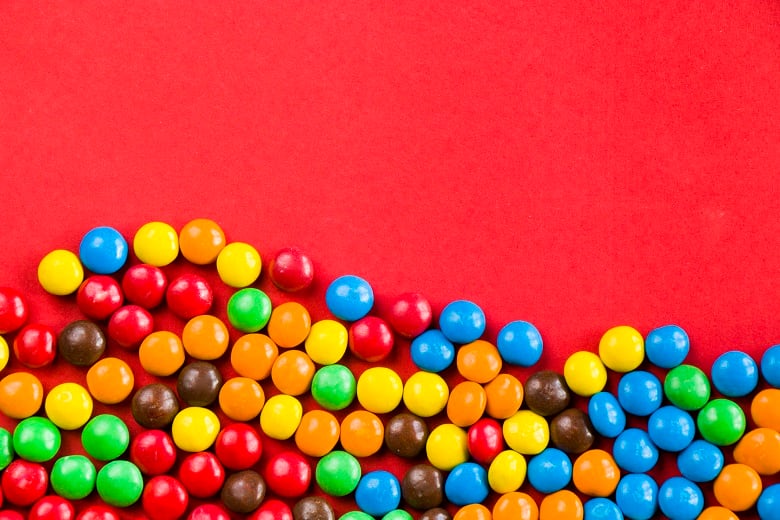During the webinar, Mars Wrigley North America President Anton Vincent and COO of plant-based CPG company Upfield Jim Breach discussed what made 2022 a success for their brands, the challenges they faced, and how they are preparing for what comes next and what challenges lay beyond 2023. While each shared their unique perspective, they also shared how broader changes are being felt by all CPG brands and why 2023 might be a year of cooperation.
2023 goals: Shoring up supply chains, working with retailers
For Mars Wrigley and Upfield, a big focus of the new year is going beyond the dynamics of COVID, while also incorporating lessons learned and shoring up investment in areas that’ll set them up for success beyond 2023.
"COVID sort of showed everybody what was great about your operation and what was not so great about your operations," Vincent said. "I think we have taken the learnings ... throughout our supply chain in terms of what do we need to build capability, where we need to invest in capability, [and] how do we prioritize that. The supply chain is one of those things that we're going to be investing in."
On a different note, Breach sees 2023 as the year of “business development again.” No longer is it about surviving the challenges of COVID or returning to a sense of normal post-pandemic, CPG companies now need to work with their retailers and consumers on really growing their brands, he explained.
"[We have] now entered back into the era of a dialogue with consumers [and] a dialogue with our retailers online or offline and say, 'Hey, listen, where are we all going now?'" Breach said. "How are we planning on growing together again and getting back to the world of more people, using more of our products, more often."
Looking at the CPG industry more broadly, brands need to come together to tackle these challenges and chart a course forward, Breach suggested. “The biggest opportunity in 2023 is getting the dialogue going again … and let’s talk together about what the next three to five years in the industry is [going to] look like because [it has] forever changed.”
Connecting with consumers in a digital, social world
Consumers increasing rely on digital channels and social media than pre-pandemic, which has required brands to rethink how they market their products and respond to consumer demands.
Going viral in today's world is often a good thing for a brand, but it can also cut both ways, Vincent explained. "You'd be amazed at [how] having a character changing a pair of shoes ... would do to virality," Vincent said, referring to the backlash M&Ms saw from politically conservative commentators.
Though these marketing efforts are designed with a specific message or joke in mind, "how the public actually uptakes the meaning" can be different, Vincent noted. "Our brands are a part of not just conversations but part of belief systems, and you can be on one side or the other side of that belief system and not by intent," he added.
One way Upfield is addressing the changing dynamic between the brand and its consumers is by "no longer talking at people," Breach said. "People want to be involved in [a] conversation about your brands and the role that brand and that product is playing in their life."
Navigating inflation, price elasticity
Looking back at the last year, it was hard to ignore how inflation impacted both consumers and CPG companies and will continue to be an area to watch moving forward. But for the most part in 2022, brands were able to weather the moment and managed price elasticity, Vincent and Breach both shared.
“Inflation was real, inflation surged, and … I would think for a lot of categories people found that a lot of their brand strength held, and a lot of elasticity actually [outperformed],” Vincent said.
Not only did consumers feel the impact of inflation, but they also had to deal with things like product size changes (i.e., shrinkflation), Breach said. While acknowledging that many were “pleasantly surprised … on the elasticities that we actually saw for our brands versus what we had all modeled,” Breach noted that brands need to be careful moving forward, as "a lot of people's personal financial situations have fundamentally changed."
"The smartest human being on the face of the planet is a mother of two in a grocery store with $150 shopping," Breach said. "We've got to really understand what she's going through in the various stages because she's going through recovery and trying to figure out how to feed her family."


